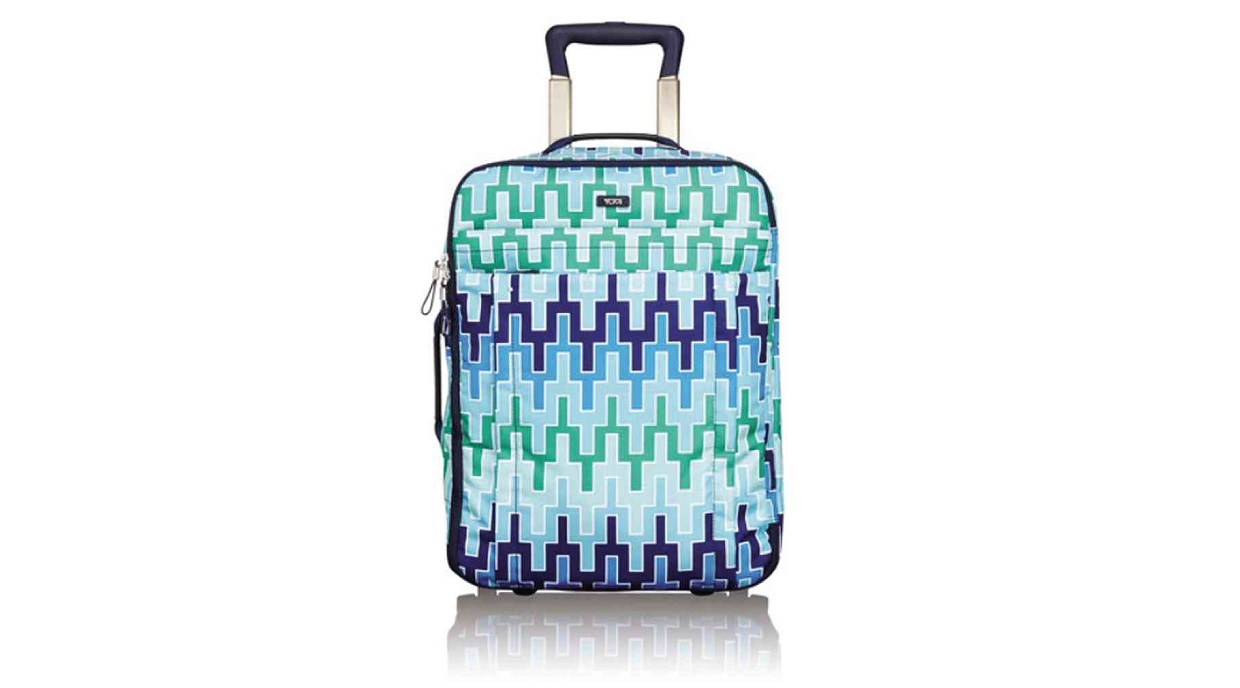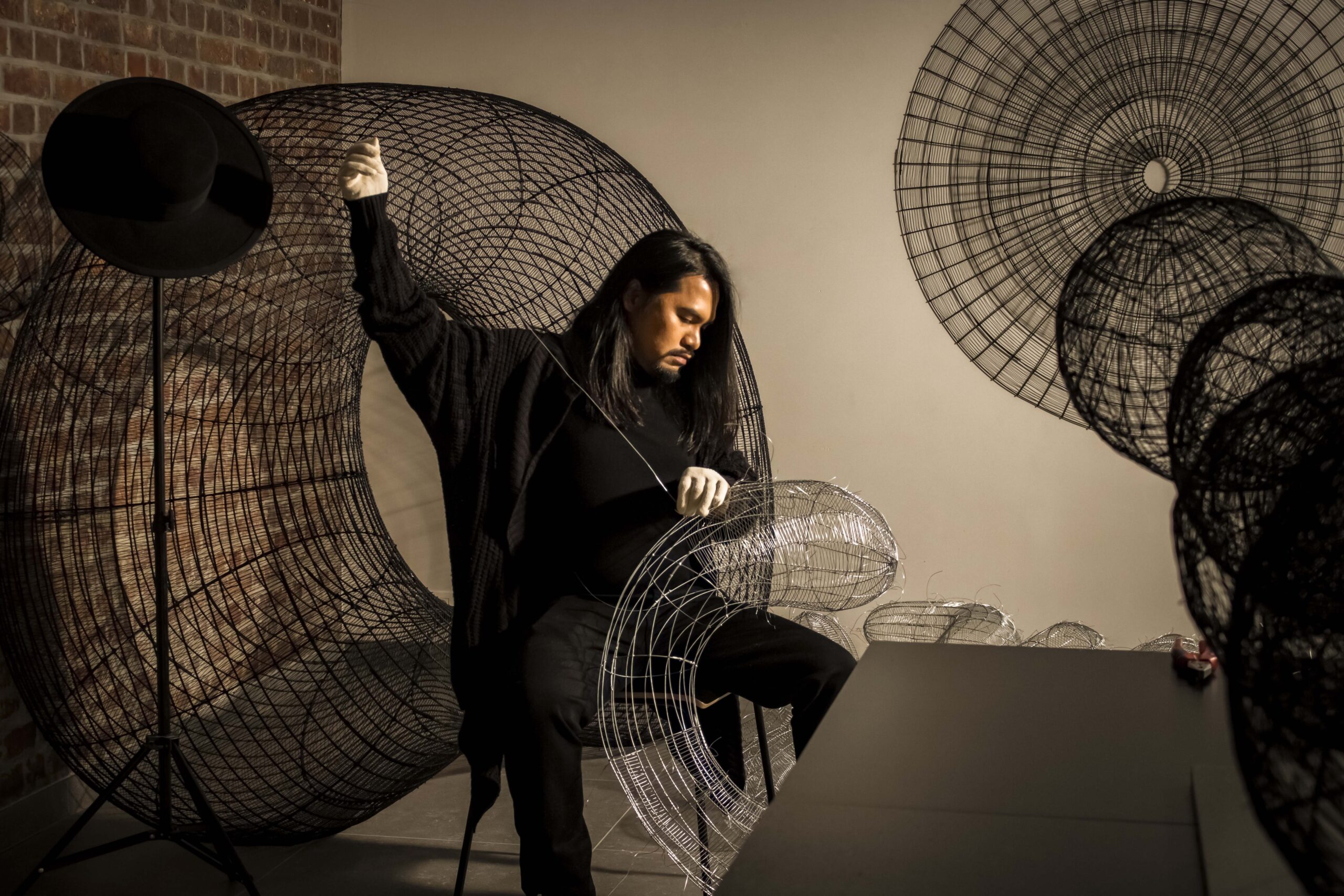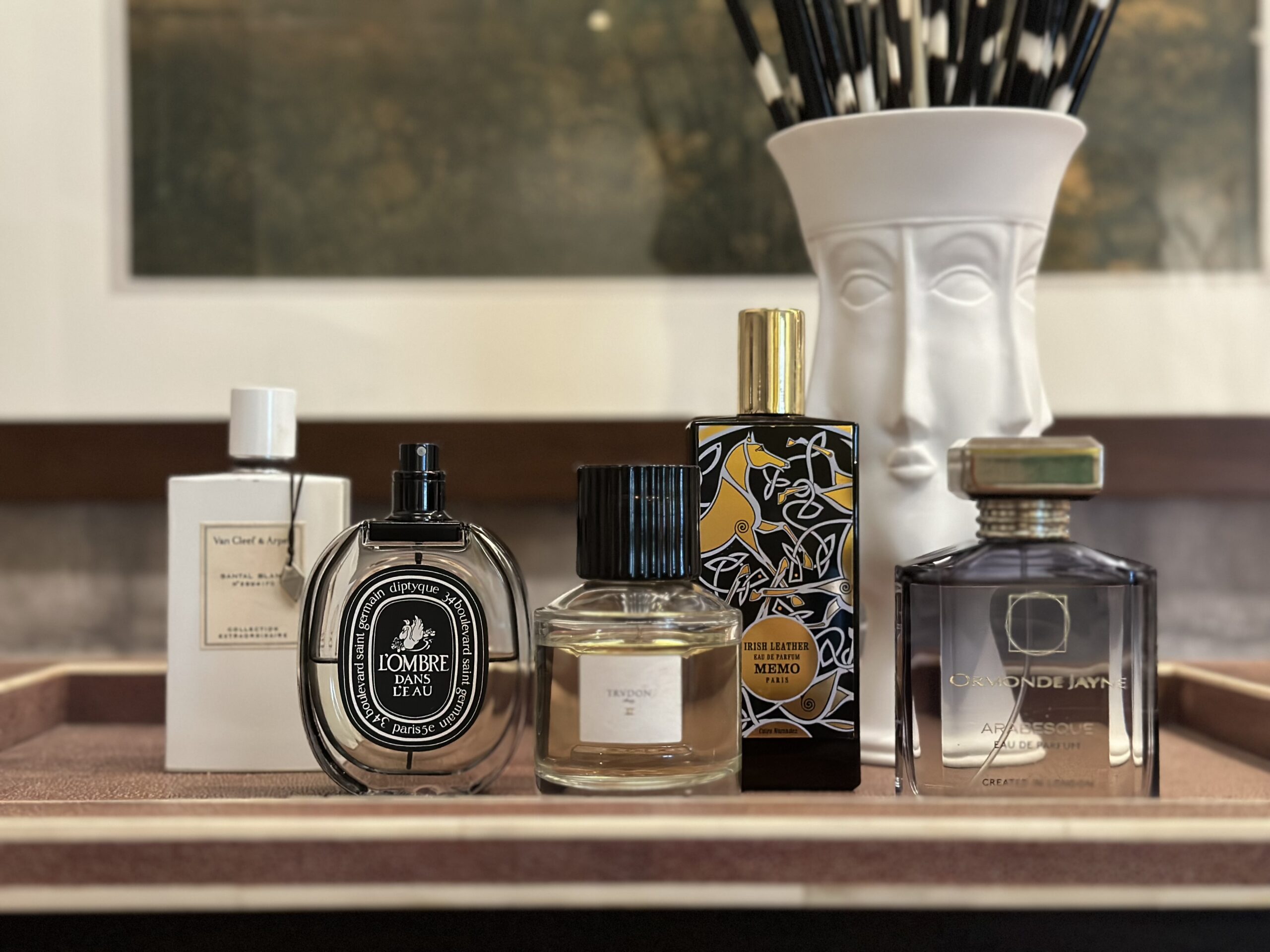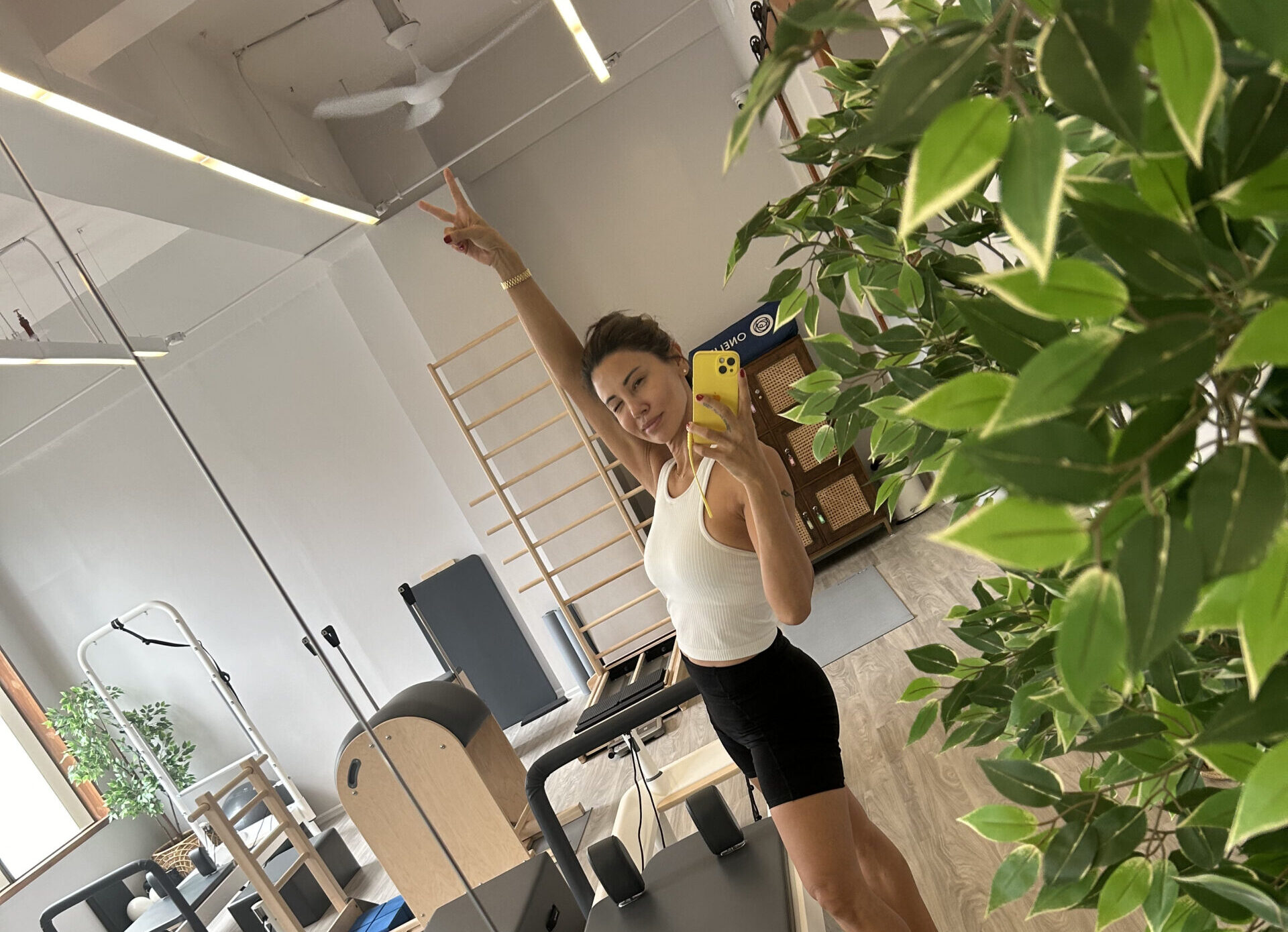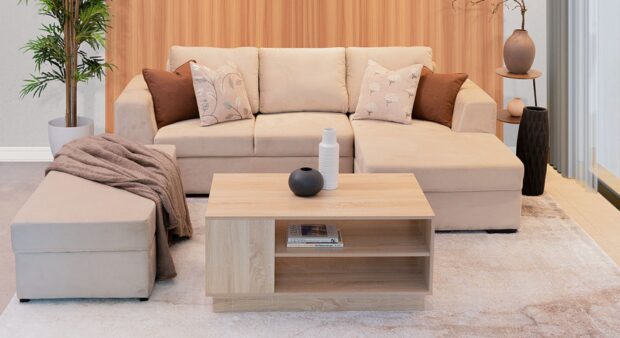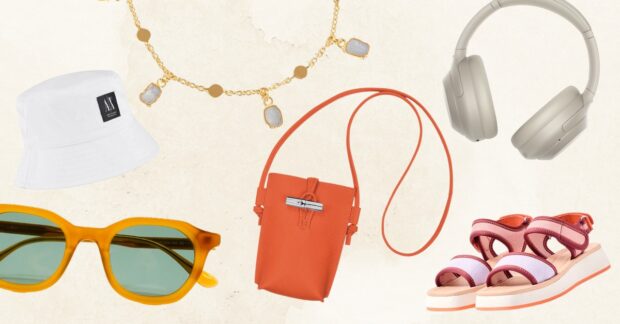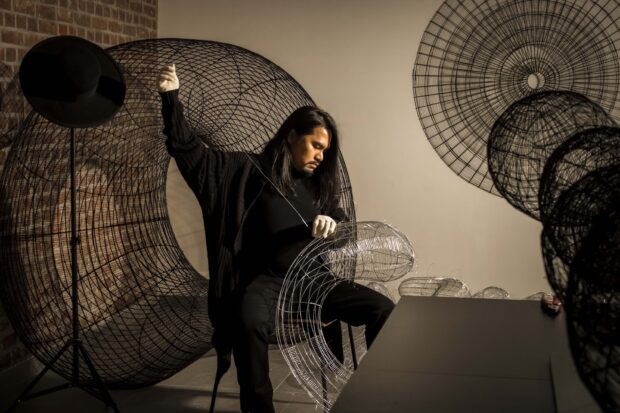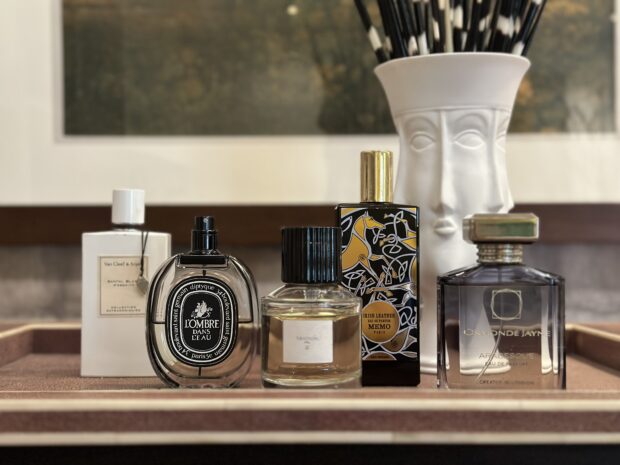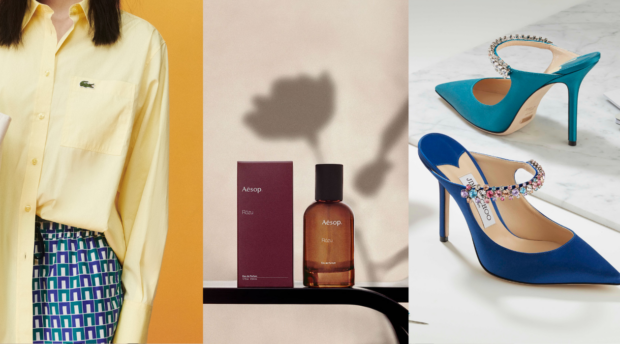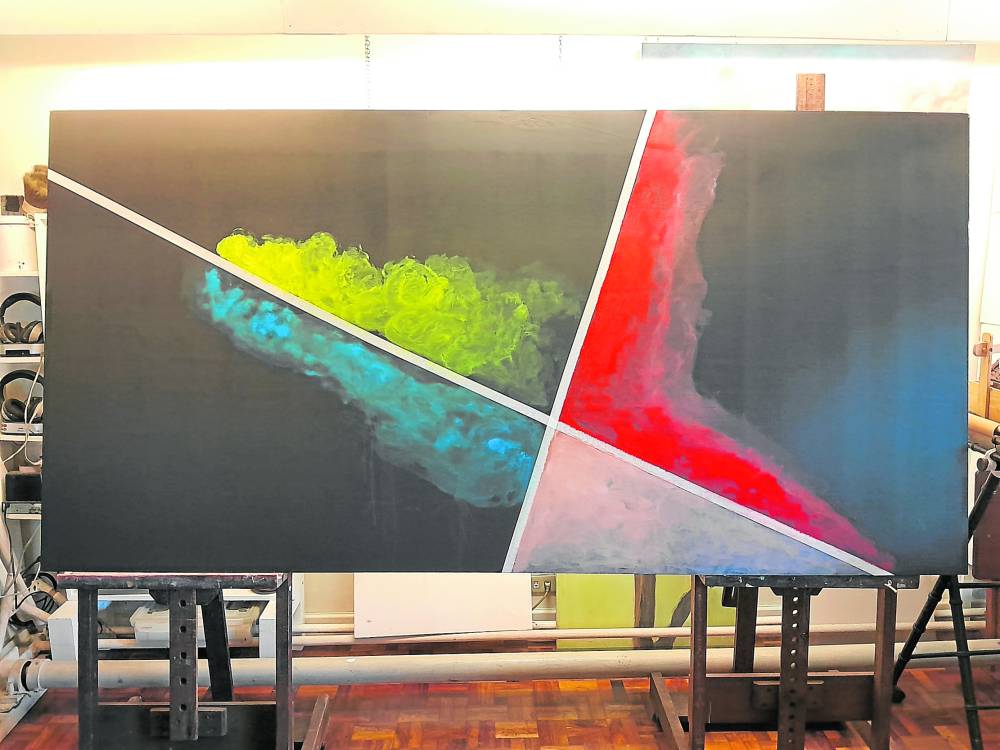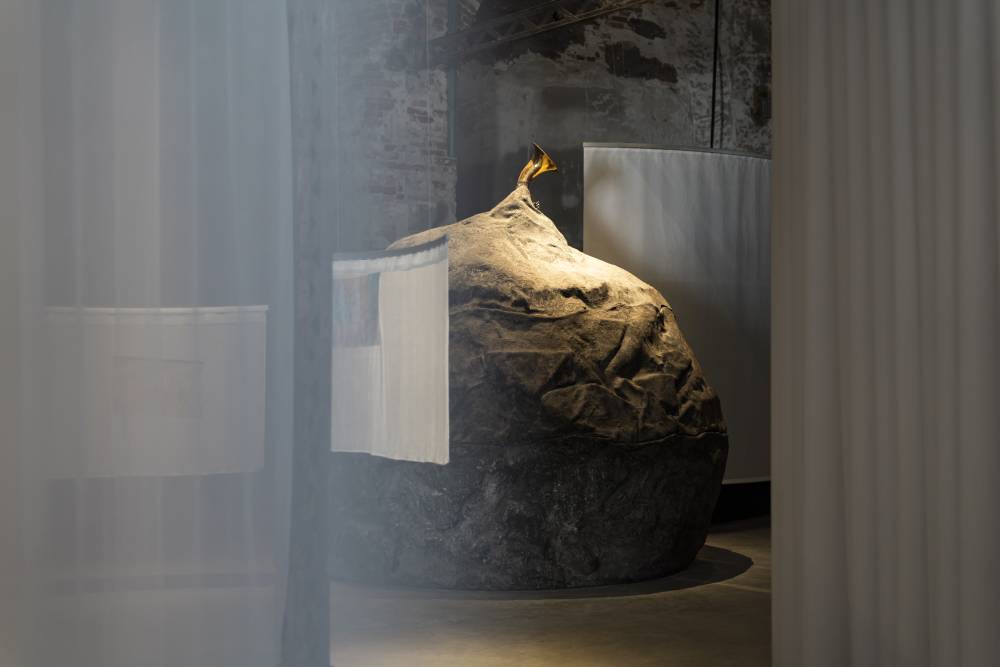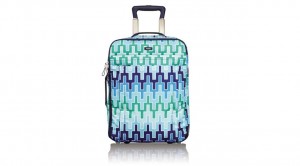
Something that sounds tough and austere as “military-grade ballistic nylon,” which is used to make flak jackets or protective gear against bullets and shrapnel, would not be identified with a high-end lifestyle brand.
Yet, in the hands of Tumi—a company founded in 1975 that now offers premium travel, business and lifestyle accessories—the durable synthetic fabric underwent a makeover, fashioned as soft-sided but sturdy travel bags which the brand pioneered in the ’80s.
The material has since been molded into products for the modern-day traveler, executive, or just about anybody who wants quality bags.
Designer collections for Tumi have seen collaborations with no less than fashion maven Anna Sui, as well as author, potter and creator of home accessories Jonathan Adler.
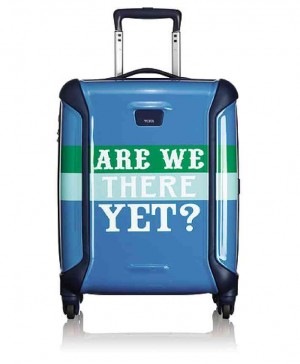
When Tumi started making travel bags out of ballistic nylon three decades ago, the innovation produced a less-structured but utilitarian counterpoint to the basic bags and hard-sided, angular leather attaché cases popular at the time.
The innovation’s 30th anniversary last year coincided with the launch of Tumi’s Makes Life Beautiful Work campaign. Members of the regional media were flown to Hong Kong to witness the launch and participate in events that celebrated the brand’s basic founding principles—collectively known as the Tumi Difference—of design excellence, unparalleled quality, functional superiority, technical innovation and world-class customer service.
All five principles create a synergy and each one is critical and essential to the success of the brand, said Tom Nelson, Tumi’s Asia Pacific managing director.
Art installations
At the Hong Kong affair held at The Space, a multipurpose arts and events venue on Hollywood Road in Central District, the Tumi Difference was interpreted in art installations by 18 of Asia’s professional and up-and-coming artists, designers and creative agencies.
Among the creatives were fashion designer Barney Cheng; lensman, TV and film producer Sean Lee Davies; graphics designer Millicent Lai; 3D artist and visual stylist Ben Qwek; fashion stylist Christie Simpson; floral designer Gemma Hayden Blest; photographer Earl Wan; French shoe designer Vincent Peu Duvallon; Denise Ho, celebrity stylist and creative director of children’s wear brand A For Apple; arts and fashion writer Diana d’Arenberg; and socialite-blogger Charlotte Chen.
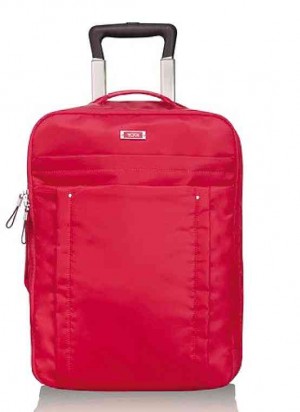
Agencies involved in the exhibit were advertising, branding and design studio &Larry; home accessories label SV Casa; furniture and lifestyle store Fred Lives Here; creative and production agency Tuff by Emanuela Santi; online eco-apparel shop A Boy Named Sue; fashion design studio Tangram by Paola Sinisterra; and ad agency M+L.
On the ground floor of The Space, a retrospective of Tumi and its merchandise opened the exhibit. It continued on the upper level with installations inspired by the Tumi Difference laid out along with a showcase of unique, creative uses for ballistic nylon. Among the standout pieces that showed the fabric’s versatility were Cheng’s exceptionally tailored male and female clothing ensembles, Lai’s Oriental lotus lanterns, and large canvases on which Davies rendered his travel photography.
“The appeal of the Tumi Difference is very universal,” said Nelson. “The Tumi customer is truly global … They may not necessarily be traveling internationally, but they’re traveling constantly on everyday journeys, such as getting on a train to the office.
“These are people on the go, the world’s movers and shakers, the ones who expect the best out of themselves and the products they carry, and Tumi supports that.”
But how, specifically?
For starters, there’s the extensive product warranty. Tumi products go through a lot of demands every day, said Nelson. “It’s not like a product that just sits on a shelf; it’s out in the real world, just like our customers.”
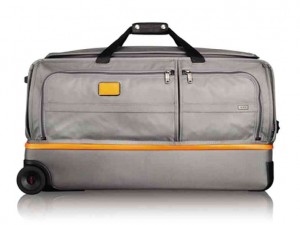
The brand promises a consumer’s dream customer service, as well—the answer is always yes.
Shield from identity theft
Perhaps one of the biggest instances that led to that level of service commitment was the aftermath of the 2009 plane crash on the Hudson River in New York. Minutes after takeoff, a flock of birds got sucked into the engines, which forced an emergency landing on water.
All passengers survived. Tumi helped one of its customers on the flight retrieve her customized handmade wedding shoes, which were stored in luggage from the Alpha collection of ballistic nylon bags.
“The plane and all its contents went into the water but her bag (the interior of which remained dry) and handmade wedding shoes survived the ordeal,” Nelson recounted.
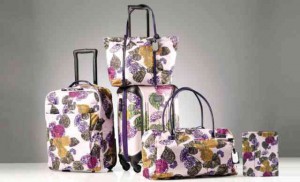
Tumi utilizes the latest technical product innovations: easy-glide wheels; a closure system that reduces the risk of zipper damage; lightweight but highly durable parts such as aircraft-grade aluminum luggage handles and hardside cases in polycarbonate or polypropylene thermoplastic. All that, with an extra Tumi difference.
An example is the Tracer Recovery Program which helps trace and reunite an owner with his or her lost or stolen Tumi item. The exclusive program assigns each Tumi product a unique 20-digit code, which is printed on a special metal plate affixed permanently on the item and goes into a database of registered Tumi bags.
There’s also Ticon, the Tumi line of products with a security feature called ID Lock which protects against identity theft. ID Lock shields personal information, such as those encoded on credit cards, passports and other similar items, from thieves who use invasive electronic devices to read encoded data.
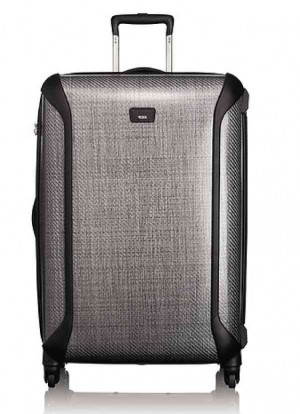
Product design and style have seen innovations, too. From the early all-black travel bags, collections now integrate the latest trends, colors, prints and textures.
Tumi has had collaborations with design icons like Anna Sui, whose 2013 collection consisted of splashes of indigo, China pink, and vintage foliage prints.
This season’s collaborator, Jonathan Adler, created Chevron prints in vivid red, orange, pink, green and blue.
Nelson said Tumi’s best-selling items continue to reflect the brand’s travel heritage, but items not belonging in that category and some brand extensions remain important components of the Tumi consumer’s lifestyle.
It really depends on a person’s needs, Nelson added. “We make products that support our customers’ journeys through life.”
The brand’s trajectory within the next decade is pretty straightforward, said Nelson. “We will continue to focus on what has gotten us to this point, which is to stay true to the DNA of the brand and the Tumi Difference. It got us here, and it will keep us going in the future.”
In the Philippines, The Tumi Store is at C1 Bldg., Upper Ground Floor, Bonifacio High Street, Bonifacio Global City, Taguig, and G/F, Greenbelt 5, Makati. Tumi products are also available in major travel merchandise shops in Metro Manila. Visit www.tumi.com, www.facebook.com/tumitravel, @Tumitravel on Twitter

